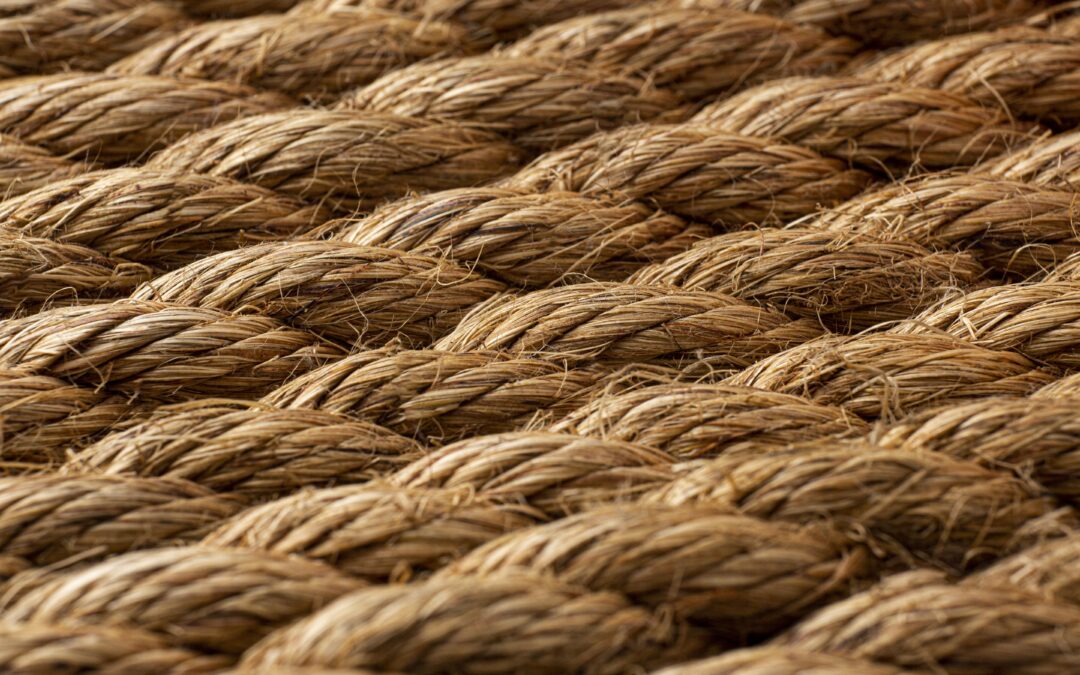Coir Rope Making
- Benefits of Coir Rope
- Durability: Strong and long-lasting.
- Eco-Friendly: Made from natural coconut fibres, biodegradable.
- Versatility: Used in gardening, construction, and crafts.
- Market Demand
- Growing interest in eco-friendly products.
- Various industries requiring coir ropes.
Starting Your Coir Rope Making Business
 Follow Vijay Broadcast on WhatsApp
Follow Vijay Broadcast on WhatsApp
 Follow Vijay Broadcast on Instagram
Follow Vijay Broadcast on Instagram
- Understanding the Process
- Raw Material: Coir fibres extracted from coconut husks.
- Preparation: Cleaning and soaking the fibres.
- Spinning: Using a coir rope-making machine or hand-spinning.
- Drying and Finishing: Ensuring the rope is dried properly and finished for sale.
- Equipment and Tools
- Coir Fibre Extraction Machine: To extract fibres from coconut husks.
- Spinning Machine: For twisting fibres into rope.
- Drying Equipment: To dry the ropes efficiently.
- Hand Tools: Basic tools for quality control and finishing.
- Setting Up Your Workspace
- Location: Choose a space that is spacious and well-ventilated.
- Organization: Arrange equipment and materials systematically.
- Safety: Implement safety measures for handling equipment and materials.
Creating a Business Plan
- Market Research
- Identify target customers (gardening stores, construction companies, etc.).
- Analyze competitors and their pricing strategies.
- Cost Analysis
- Initial Investment: Cost of equipment, raw materials, and workspace setup.
- Operational Costs: Labour, maintenance, and utility costs.
- Pricing Strategy
- Set competitive prices based on cost analysis and market rates.
- Consider bulk pricing for larger orders.
- Marketing and Sales
- Branding: Develop a unique brand for your coir ropes.
- Online Presence: Create a website and use social media for promotion.
- Local Outreach: Partner with local businesses and attend trade show.
Scaling Your Business
- Expanding Product Range
- Explore additional products like coir mats or coir-based planters.
- Offer custom rope sizes and designs.
- Improving Efficiency
- Invest in advanced machinery for higher production rates.
- Optimize production processes to reduce costs.
- Building Partnerships
- Collaborate with other businesses or suppliers to expand market reach.
- Explore export opportunities for international markets.
 Follow Vijay Broadcast on WhatsApp
Follow Vijay Broadcast on WhatsApp
 Follow Vijay Broadcast on Instagram
Follow Vijay Broadcast on Instagram

